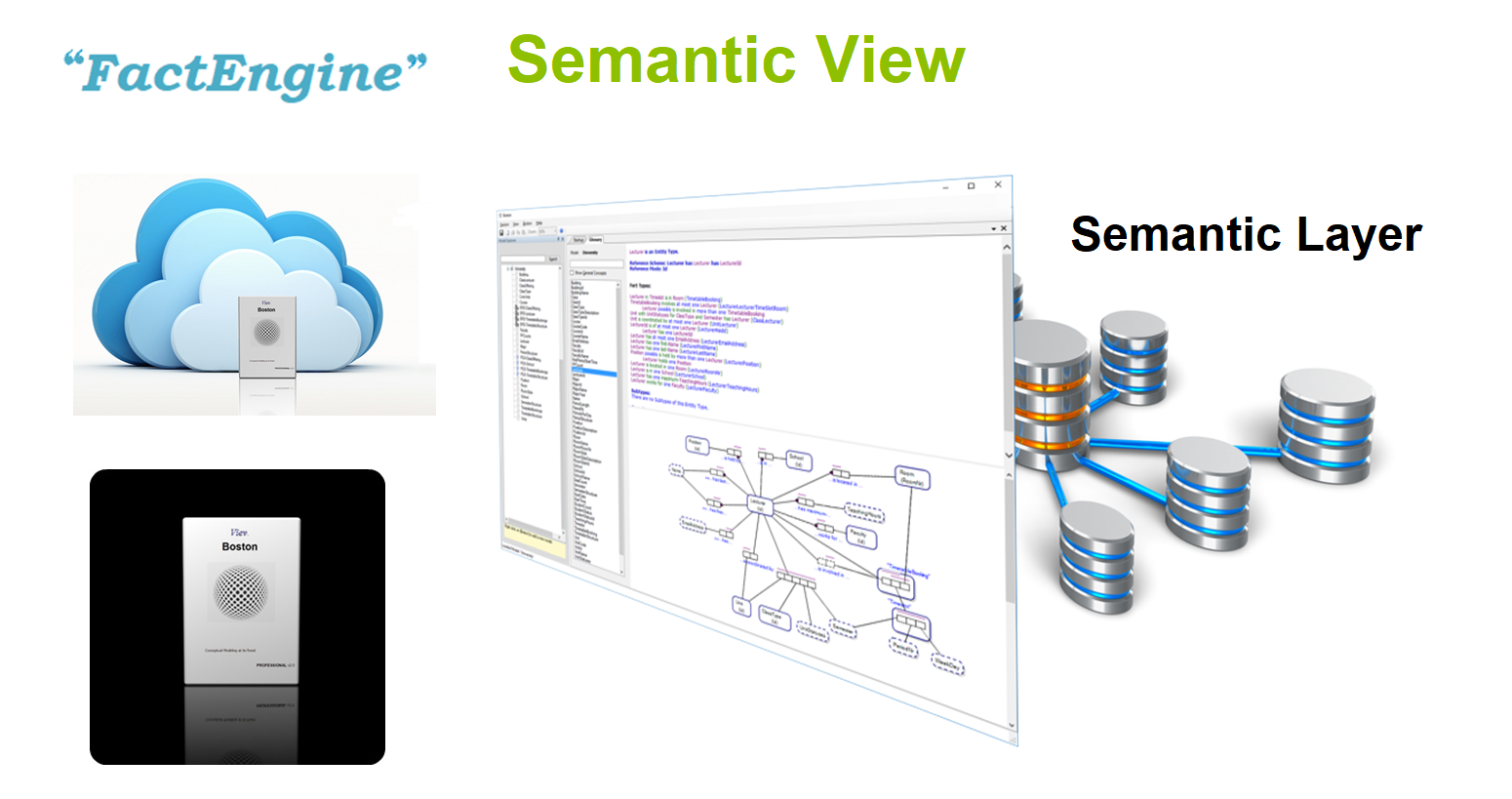What is a Semantic View in Data Warehousing
A Semantic View refers to a conceptual model that incorporates natural language and provides a unified and consistent view of the data stored in the data warehouse. The semantic view helps users to understand the meaning and relationships between the data, and to easily access and analyse the data without being concerned with the underlying technical details of the data storage.
The semantic view typically includes a set of business concepts, their attributes, and relationships between them that are relevant for operations and decision-making over the model represented by the Semantic View. It may be represented using a variety of tools and technologies, such as natural language verbalisations of rules, entity-relationship diagrams, property graph schema or ontologies.
One of the key benefits of the semantic view in data warehousing is that it allows for flexible and efficient querying and analysis of the data. Instead of having to navigate through multiple tables or databases, users can access the data through the semantic view, which provides a high-level, intuitive representation of the data.
The Semantic View also helps to ensure data quality and consistency when consuming data by providing a standardized and validated set of business concepts and relationships. This can reduce errors and discrepancies in data analysis and reporting, and enable more accurate and informed decision-making.
The Semantic View is an important concept in data warehousing that helps to bridge the gap between the technical details of data storage and the business/operational needs of the enterprise.

